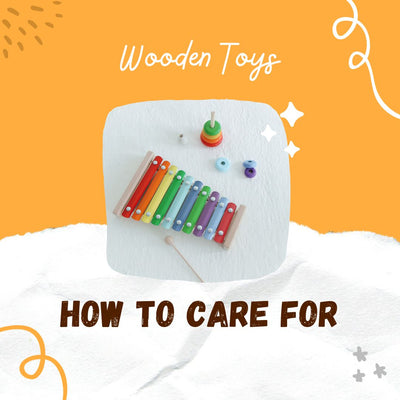Ah, the joys of trying to get a kid to do letter writing.
First of all, there's the classic "I don't want to" argument. You try to explain to your child the importance of writing, but all they can think about is how boring it is. You might try to bribe them with stickers or treats, but they'll still put up a fight. It's like they're trying to convince you that writing is the worst thing in the world.
Then there's the "I can't do it" argument. Your child might be struggling with letter formation or spelling, and they'll use that as an excuse to avoid writing altogether. They might get frustrated and throw their pen across the room, or crumple up their paper in defeat. It's like they're convinced that they're just not cut out for this whole writing thing.
And let's not forget about the classic "but I'm so tired" excuse. Your child might use any opportunity to avoid writing, whether it's claiming they need a snack or a nap. They might yawn dramatically and slouch in their chair, trying to convince you that writing is just too exhausting.
Trying to get a kid to do letter writing can be a frustrating and hilarious experience. But don't give up hope - with a little patience and a lot of humour, you'll get your little one writing in no time. If you are banging your head, trying to interest your child into writing, check out our sand writing tray which is a perfect tool for introducing pre-writing skills to toddlers and young children while keeping them engaged in a fun sensory activity. Alternatively you can also bring your kid to the beach or sand pit to enjoy this activity too!
Whether they're drawing in the sand on a beach or using a tray filled with sand, kids can reap the rewards of this simple yet effective activity. Here are just a few of the benefits of sand writing for kids, with some trustworthy references embedded for further reading.
-
Promotes fine motor skills Drawing in sand requires children to use their fingers and hands to manipulate the sand into the desired shapes and patterns. This can help improve their fine motor skills, which are crucial for tasks such as writing, cutting with scissors, and tying shoelaces. According to an article on Parents, sand play can also help with hand-eye coordination and spatial awareness.
-
Enhances creativity Drawing in sand allows kids to use their imagination and come up with their own unique designs. They can experiment with different shapes, colors, and patterns, and see how they look in the sand. This can help foster creativity and encourage children to think outside the box. According to an article on Psychology Today, imaginative play can also help with problem-solving skills and emotional development.
-
Provides sensory stimulation The feel of sand between fingers can be a great sensory experience for kids. It can help them develop their sense of touch and explore different textures. According to an article on The Conversation, sensory play can also help with language development, as children learn new vocabulary words to describe the sensations they are experiencing.
-
Encourages mindfulness Sand writing can be a calming and meditative activity for children. They can focus on the feel of the sand and the movement of their hands, and tune out distractions. According to an article on the Harvard Health Blog, mindfulness can help reduce stress and anxiety in children, and improve their emotional well-being.
In conclusion, sand writing is a simple yet effective activity that can have numerous benefits for children. Whether they're working on their fine motor skills, exploring their creativity, or practicing mindfulness, sand writing can be a fun and engaging way to learn and grow. For more information on the benefits of sand play, check out these trustworthy sources:
- Parents: The Benefits of Sand Play for Toddlers and Preschoolers
- Psychology Today: The Benefits of Imaginative Play
- The Conversation: Sensory Play is Vital for Kids - Here's Why
- Harvard Health Blog: Mindfulness Meditation May Ease Anxiety and Mental Stress





